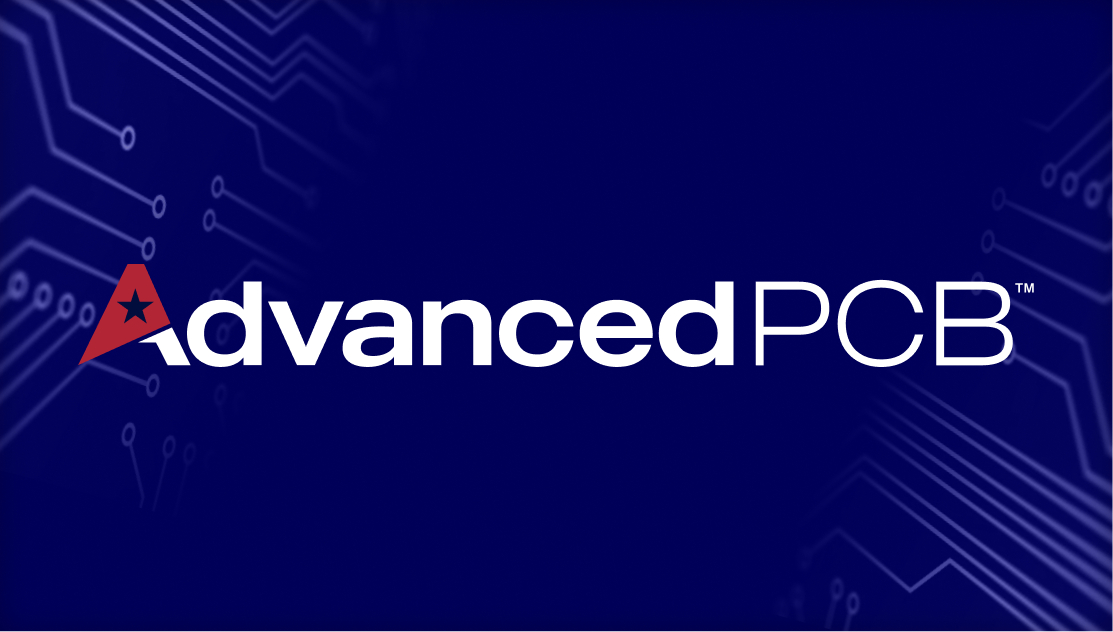Combining Rigid and Stretchable Components on Printed Circuit Boards

.png?lang=en-US) Recent advancements in circuit board technology have opened the doors for engineers and product designers to create stretchable electronics. In the medical field, stretchable electronics can assist in the development of skin-like circuitry that can be used to monitor vital signs. This technology has the potential for use in prosthetics as well. However, it is important that rigid and stretchable components are integrated properly on printed circuit boards in order to allow for elasticity while also maintaining functionality. Manufacturing stretchable circuits is challenging because the electronic devices and circuit performance must not change with the applied mechanical loading. If there is a change, it must be predictable so that performance is not compromised.
Recent advancements in circuit board technology have opened the doors for engineers and product designers to create stretchable electronics. In the medical field, stretchable electronics can assist in the development of skin-like circuitry that can be used to monitor vital signs. This technology has the potential for use in prosthetics as well. However, it is important that rigid and stretchable components are integrated properly on printed circuit boards in order to allow for elasticity while also maintaining functionality. Manufacturing stretchable circuits is challenging because the electronic devices and circuit performance must not change with the applied mechanical loading. If there is a change, it must be predictable so that performance is not compromised.
How Printed Circuit Boards Incorporate Stretchable Components
An approach to stretchable technology manufacturing is to produce a stretchable board onto which components are mounted. Typically, printed circuit boards are designed with component placement in mind before production and assembly. This new technology can be created by first placing rigid components on the surface of an elastomeric substrate that is connected with elastic wiring. However, this can cause mechanical strain that results in electrical failure of the stretchable circuit when it is completed. Therefore, electrical engineers must come up with a way to create a hybrid solution that improves component connectivity and performance so that advances can continue to be made. To learn more about the latest in PCB technology and to order your next set of boards for your application, contact an expert at AdvancedPCB today.

AdvancedPCB
Related Posts

Future trends of the circuit board

2-Layer vs. 4-Layer Printed Circuit Boards
